Ten minutes for preparation
Ten minutes to cook
4 servings
Ninety calories
Chinese cabbage, or hakusai, is a popular and adaptable vegetable in Asian cooking. Hakusai is a member of the Brassica family, which also contains cruciferous vegetables like kale and broccoli. It is distinguished by its compact, elongated head formed of pale green leaves with white stalks. With its mild and slightly sweet flavour, this kind of cabbage is a popular choice for a range of culinary applications.
Hakusai is a staple in many traditional meals and has cultural importance in East Asian nations. It is a mainstay in Korean, Japanese, and Chinese cooking, prized for its flavor-absorbing capacity and crisp texture. One of the most well-known varieties is Napa cabbage, which is sometimes confused with hakusai.
The adaptability of hakusai is seen in a wide range of cuisines, from stir-fries to soups. It’s a favourite in both home and professional kitchens because of its relatively short cooking time and seamless blending with various seasonings. Hakusai has many culinary applications, but it also has nutritional advantages because it is high in fibre, vitamins A and C, and both.
Hakusai is popular because it can add a delicious crunch to food while enhancing its flavours. It can be eaten as a component in hot pots, as a side dish, or in savoury stir-fries. Hakusai has gained appeal outside of Asia and is now a cherished and wholesome component of many different cuisines throughout the world.
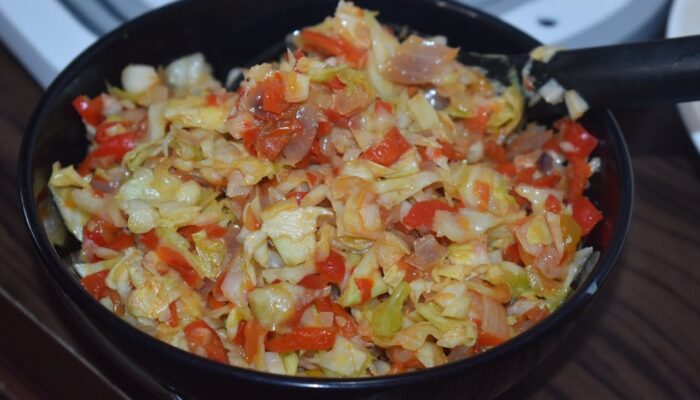
Recipe
Get started on a flavor-filled journey with our delicious Stir-Fried Hakusai recipe! Swift, colourful, and incredibly tasty — experience gastronomic bliss right away!
Components
- One sliced hakusai (Chinese cabbage)
- Two minced garlic cloves
- One tablespoon of freshly grated ginger
- Two tsp soy sauce
- One spoonful of sauce for oysters
- One tsp of sesame oil
- One tablespoon of vegetable oil
- To taste, add salt and pepper.
- Not required: flakes of red pepper for a little heat
Procedure Guidelines
- In a wok or big pan, heat the vegetable oil over medium-high heat.
- Add the grated ginger and minced garlic, and cook for one to two minutes, or until fragrant.
- Toss in the chopped hakusai and stir-fry for three to five minutes, or until the cabbage is crunchy but just slightly soft.
- Combine the oyster sauce, sesame oil, and soy sauce in a small bowl. After adding the sauce, toss the hakusai to ensure even coating.
- Stir-fry the cabbage for a further two to three minutes so that the flavours can combine and the cabbage can absorb the sauce.
- To taste, add salt and pepper for seasoning. Red pepper flakes can be added if you want it spicy.
- Take the hakusai off the heat as soon as it’s done to your liking and serve right away.
Servings
- Chinese cabbage, or hakusai, is a versatile vegetable that tastes good in a variety of mouthwatering ways. Here are some ideas for servings:
- Stir-fried foods: A traditional and easy way to serve hakusai is to stir-fry it with a mixture of garlic, ginger, and soy sauce. To make the dish full and fulfilling, add additional items like prawns, chicken or tofu.
- Hakusai is a common component to hot pot meals. The cabbage is a tasty and nutritious part of this communal dining experience since it absorbs the flavours of the broth.
- Salads: To add a cool crunch, add raw hakusai to salads. For a refreshing and nourishing salad, toss it with more leafy greens, cherry tomatoes, and your preferred dressing.
- Kimchi: A mainstay of Korean cooking, kimchi is fermented hakusai. Serve it as an accompaniment, or add it for a spicy and tangy burst to rice bowls, wraps, and sandwiches.
- Spring Rolls: Use hakusai with other fresh veggies and your preferred protein when making handmade spring rolls. Toss them in a flavorful sauce for a satisfying snack or light dinner.
- How to Make Pickled Hakusai: Marinate pickled hakusai in a solution of vinegar, sugar, and salt. You may use this pickled cabbage as a condiment or as a side dish to give your dishes a spicy taste.
Replacements for Ingredients
- Hakusai Substitute: Napa cabbage or plain green cabbage can be used in place of Chinese cabbage (hakusai), should it be unavailable. Another choice for a distinct flavour and texture is bok choy.
- Substitute for Soy Sauce: Tamari or coconut aminos work well as a gluten-free substitute for soy sauce. Consider using light soy sauce as a low-sodium alternative.
- Substitute for Oyster Sauce: Hoisin sauce works well in place of oyster sauce. Think about vegetarian oyster sauce or mushroom soy sauce if you’re seeking for a plant-based alternative.
- Vegetable or toasted peanut oil can be used in place of sesame oil. Remember that sesame oil imparts a noticeable nutty taste, so pick an alternative that goes well with your meal.
- Vegetable Oil Substitute: You can use canola, sunflower, or grapeseed oils in place of vegetable oil. Since none of these oils has a strong flavour, the other ingredients may really stand out.
- Garlic and Ginger Substitute: You can use garlic and ginger powder in place of fresh garlic and ginger if you don’t have any on hand. Since the powdered versions can be more concentrated, adjust the amounts to taste.
- Red Pepper Flake Substitute: For a fiery kick, swap out the red pepper flakes for a teaspoon of hot sauce or cayenne pepper. Adapt the amount to your desired level of heat.
- Protein Substitutes: Feel free to add your favourite protein to personalise the stir-fry. Tofu, prawns, beef or chicken cut thinly can all be used effectively. Adapt cooking times as necessary.
- Salt and Pepper Substitute: If you’re trying to cut back on sodium, you might want to use a low-sodium soy sauce instead of extra salt. For a tastier taste, substitute white pepper for black pepper.
- Alternative Garnishes: Try a variety of garnishes depending on what you have on hand. Toasted sesame seeds, chopped cilantro, and green onions can be used as a finishing touch.
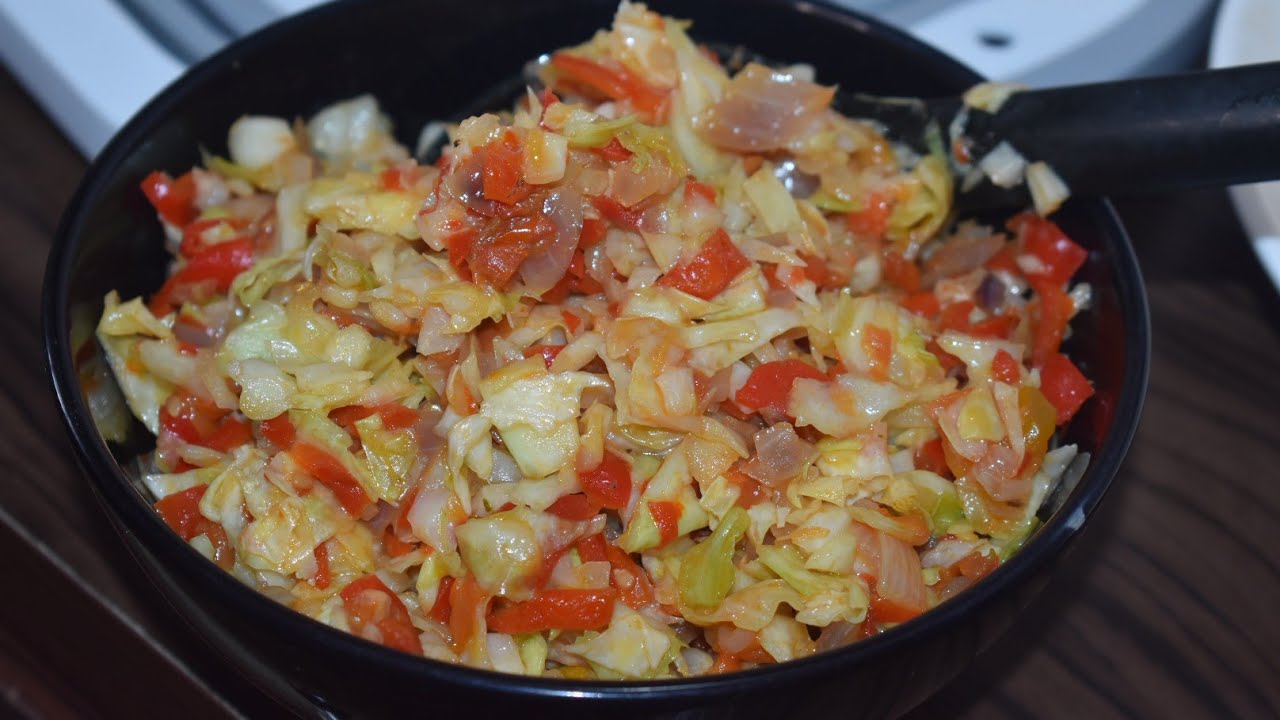

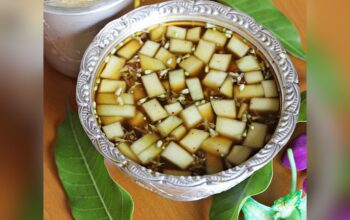





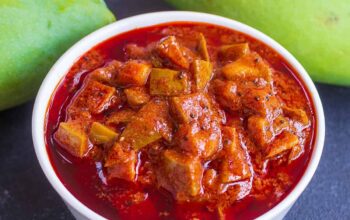




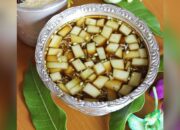




Response (1)